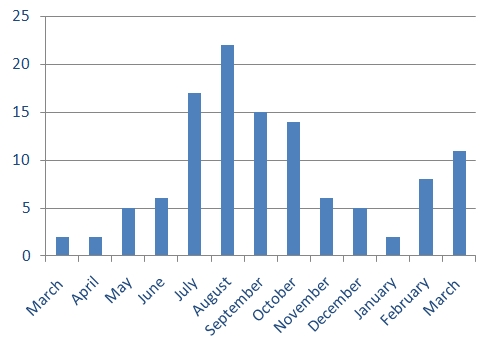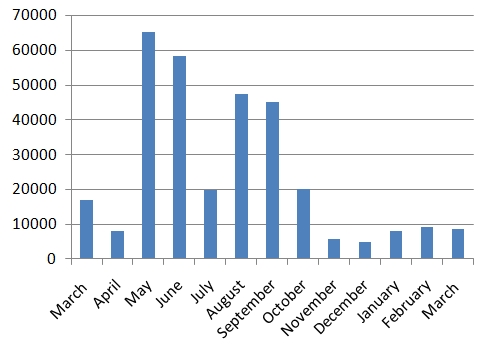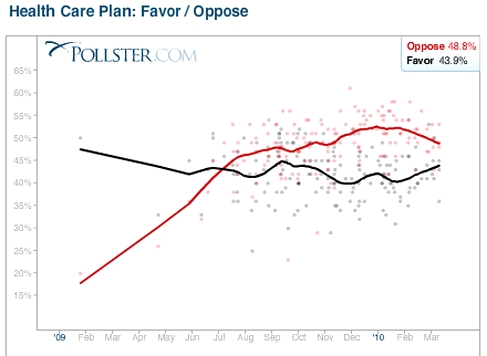
The White House Channel on YouTube and Health Care Reform
G. R. Boynton
The Obama campaign used video, which they placed on YouTube, quite effectively. In the campaign against John McCain they posted more than 700 videos to YouTube. When they moved to the White House it seemed completely in character for them to set up a White House channel and begin posting videos there. There was an initial complaint from internet cognoscenti who objected to the cookies YouTube uses. Once that was resolved they have been producing videos that are available at the White House website and YouTube. They have placed approximately 900 videos on YouTube in the first 13 months of the administration.
The weekly presidential address has moved from radio to YouTube. The roughly twice a week press briefing, running from 20 to 30 minutes, goes onto YouTube the same day it is held. The White House organized a series of musical events with both popular and classical performers. There is, of course, the Easter egg hunt, Christmas, fourth of July and other special cultural celebrations in video from the White House. Winning athletic teams appear at the White House to be congratulated by the president who even managed a game of hoops with the NCAA womens basketball champs. And there are policy related videos: the president talking, vice president Biden welcoming groups concerned with one policy or another, questions taken from an unseen internet audience that are answered by administration experts. When you produce 900 videos in 13 months there is 'room' for great variety.
President Obama made health care reform one of the priorities of his first year and video production followed that lead. The first video, White House Forum on Health Reform, was posted to YouTube March 6, 2009. That was followed by 114 more health related videos through March 20, 2010, which includes a very small number about H1N1, and AIDS. The distribution by month is given in figure 1.
Figure 1 Health Care Reform Videos per Month |
 |
The banking system and a deep recession occupied much of the attention of the administration for the first months in office. The push for health care reform began in July with 17 videos, was followed in August with 22 and 15 and 14 in September and October. The Senate passed health care reform in December. That was followed by a surge in videos in Feburary and March as the House considered and passed reform. The big push was late summer and early fall. That was followed by another substantial push in February and March.
That was administration activity. How was it received? YouTube produces a daily cumulative count of views for each video. In order to both capture almost all views and make the count comparable across videos I took the count after one month for each video. [New Media and Politics the Iowa Collection] Figure 2 displays the average number of views by month for videos posted to YouTube that month.
Figure 2 Average Views Videos Posted Each Month |
 |
While the number of videos in May was only 5 the average number of views for the 5 after a month was over 60,000. The average number of views June through October ranged between 58,000 and 20,000. But November through March the average number of views was below 10,000. As the campaign heated up the attention given to White House videos declined precipitously.
It is much too early to go very far with the consequences of the attention White House videos attract. But it is not too early to compare this trend with the trend of favorable and unfavorable views of health care reform. Figure 3 is taken from Pollster.com and is an aggregation of the polls that were taken asking about health care reform for the period.
Figure 3 Favor or Oppose Health Care Plan |
 |
Favoring the administration's plan did not change very much. It started at just below 50% and ended at 43.9% with a fews 'wiggles' along the way. Opposition, on the other hand, changed dramatically. It began at roughly 10% and ended at 48.8%. Comparing the change in opposition to the attention given to Obama videos favoring the plan produces what seems an anamoly. As the administration was most active and had the greatest attention to its videos -- July through October -- opposition was climbing very rapidly. As the number of views of the administration videos decreased -- specifically January through March -- the opposition to the legislation declined slightly.
My supposition, which will require much more research, is that the two step flow of communication is at work here [Lazarsfeld and Katz]. It is an idea Lazarsfeld first proposed in 1944, Katz developed it further in 1955 and 1957. How it works here, if it does, is the administration lost the opinion leadership battle for most of the campaign. A visible manifestation of that is in the blogging and microblogging world. That you have opinion leadership is particularly easy to track in Twitter. [Boynton] And when following the microblogging during the fall and winter it was clear that the opponents outnumbered and were more outspoken than the supporters. Eventually the supporters became more vocal in their support, which is parallel to the small increase in support February and March.
The administration had the video advantage. If you wanted to know anything about health care reform it was on the White House channel in abundance. It seems plausible to make the argument that video advantage is not enough. They had the video advantage in the campaign. They also won the social network [opinion leadership] war. Why once and not the other time takes one past the use of video and is wide open for research and analysis.
References
G. R. Boynton (2010) Sarah Palin did what? The Importance of Redundancy http://www.boyntons.us/website/new-media/analyses/redundancy-palin/redundancy-palin.html
New Media and Politics the Iowa Collection includes the daily counts for every video the administration puts on YouTube. The url for the data is http://lamp-a.its.uiowa.edu/youtube/index.php?
Pollster.com, http://www.pollster.com/polls/us/healthplan.php, The figure changes daily as new polling results become available. This is the distribution at March 20. March 25 it is different. Everything here is a moving target.
Paul Felix Lazarsfeld, Bernard Berelson, Hazel Gaudet, The people's choice: how the voter makes up his mind in a presidential campaign, Columbia University Press, 1944, p. 151ff
Elihu Katz and Paul Felix Lazarsfeld, Personal Influence: the Part Played by People in the Flow of Mass Communications, 1955. ISBN 1412805074 (new edition), p. 309ff
Elihu Katz, "The Two-Step Flow of Communication: An Up-To-Date Report on a Hypothesis", The Public Opinion Quarterly 21:1 (Spring, 1957), pp. 61-78.